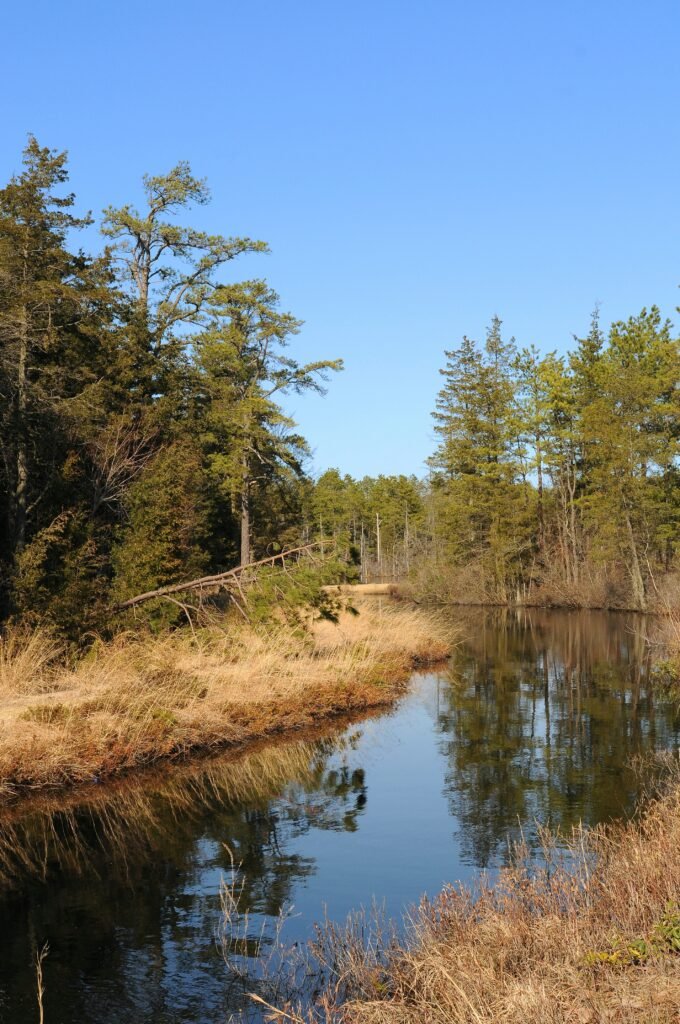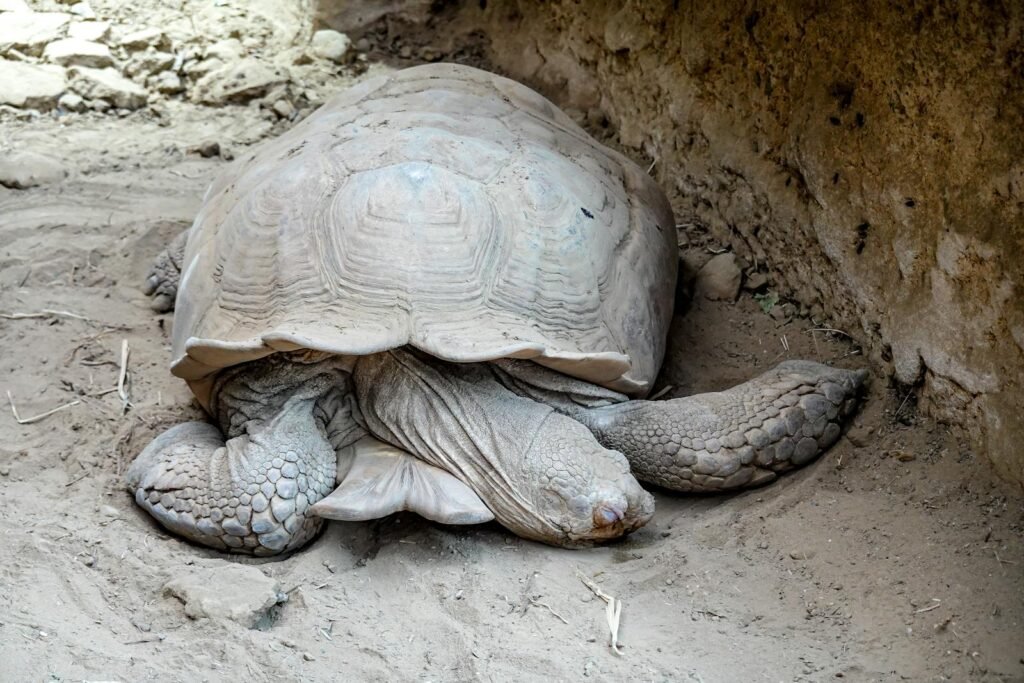Imagine stepping into a garden in the heart of Singapore and being greeted not by exotic imports, but by the lush, resilient greens that once thrived in traditional kampongs. The air shimmers with the scent of pandan leaves, and the familiar shade of buah keluak trees offers a nostalgic comfort. Singapore, famous for its gleaming skyscrapers and meticulously curated parks, is witnessing a quiet but powerful resurgence—a revival of kampong plants that’s reconnecting urban dwellers to their roots. This movement is not just about gardening; it’s about reclaiming identity, honoring local biodiversity, and nurturing a sustainable future right in the city’s concrete embrace.
The Heartbeat of Kampong Heritage
Kampong plants are more than mere greenery; they are living memories of a time when Singapore’s communities were knit tightly together by shared gardens and edible landscapes. For generations, families grew lemongrass, curry leaves, and starfruit in their backyards, using them in daily meals and remedies. These plants became part of local folklore and wisdom. Today, as city life accelerates and concrete replaces soil, reviving these plants is a way of holding on to that intimate, communal spirit. People are rediscovering how kampong plants once shaped daily rituals, flavors, and even the rhythms of old Singaporean life. This deep connection is now inspiring a new wave of gardeners, keen to bring the kampong spirit back into modern neighborhoods.
Singapore’s Native Flora: A Hidden Treasure
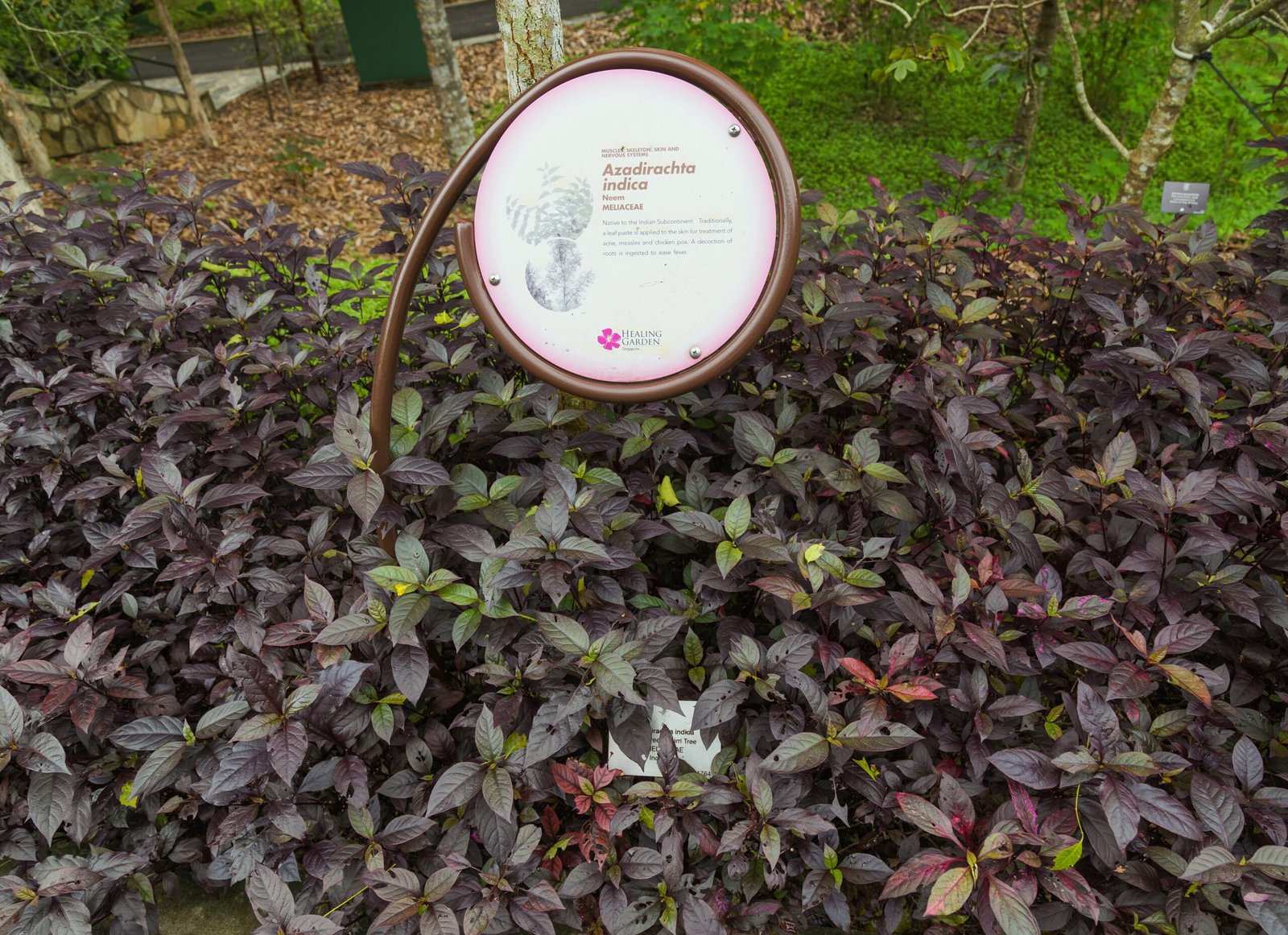
The island’s natural bounty is often overshadowed by flashy ornamental imports, yet its native flora is surprisingly rich and resilient. Endemic species like the tembusu tree, the sea almond, and the fragrant bunga kantan have evolved to thrive in Singapore’s unique climate. These plants are not only beautiful; they support local wildlife, stabilize the soil, and require far less maintenance than non-native species. By choosing endemic plants for city gardens, Singaporeans are not just planting for aesthetics, but also nurturing an ecosystem that supports birds, butterflies, and countless other creatures. The beauty of these native species often lies in their subtlety—delicate blooms, unusual fruits, and a quiet strength that speaks of generations past.
From Kampong to Condo: Urban Gardening Reimagined
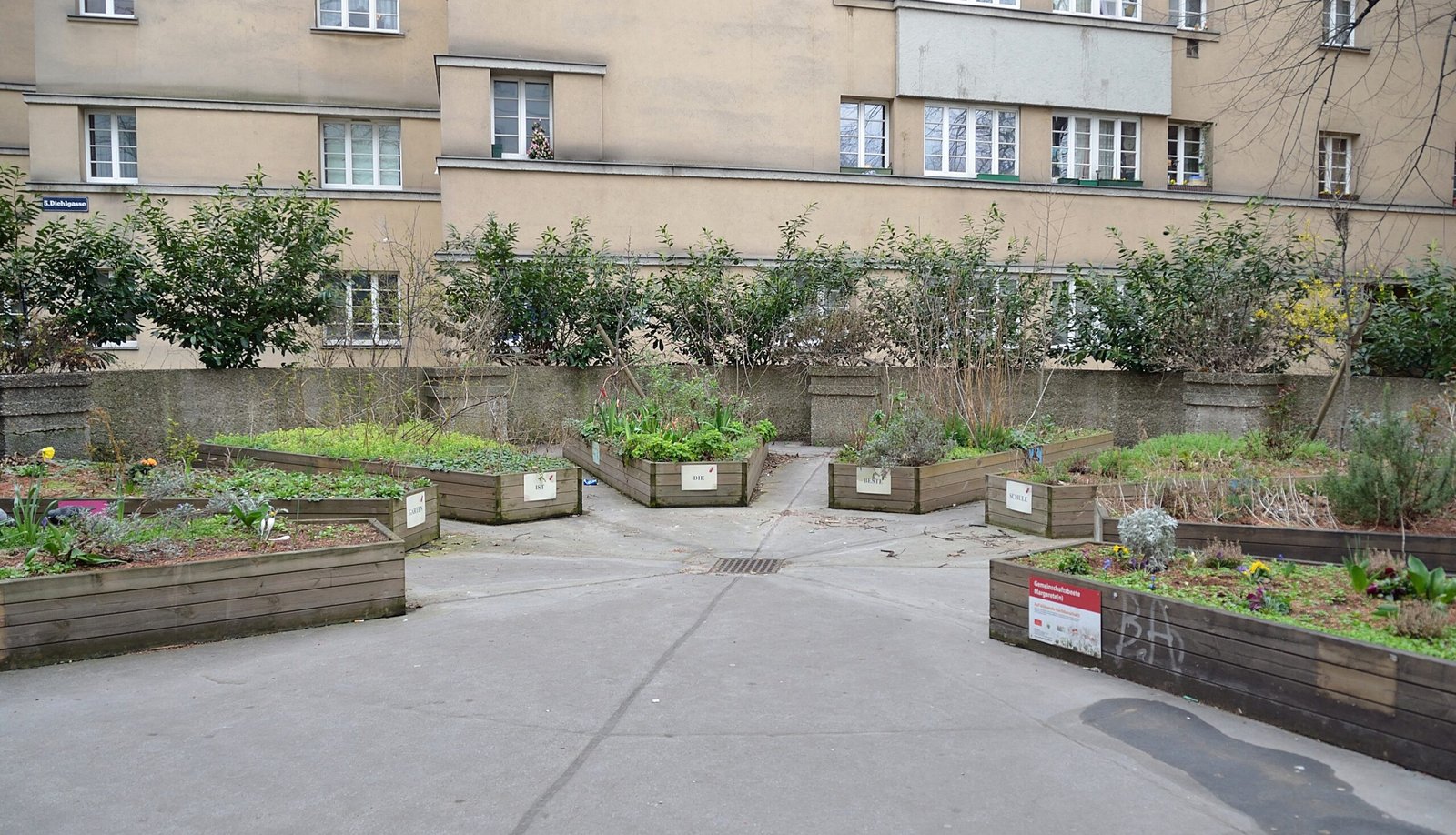
Urbanization has transformed Singapore’s landscape, but the kampong plant revival proves that nature still has a place in city life. Community gardens, rooftop planters, and even small balcony pots are filled with edible and medicinal plants from the past. Residents are growing chili padi, sweet potato leaves, and blue pea flowers in spaces that were once considered too small or too sterile for real gardening. These green pockets are more than decoration—they’re tiny acts of resistance against urban monotony and a celebration of self-sufficiency. They remind city dwellers that you don’t need sprawling land to experience the joys and benefits of kampong gardening.
The Science of Survival: Why Endemic Plants Matter
Endemic plants possess remarkable adaptations that make them ideally suited to Singapore’s weather—torrential rains, blazing sun, and humidity. Their deep roots, waxy leaves, and sturdy stems have helped them survive centuries of climate shifts. Scientists have found that these native species are more resilient against pests and diseases, reducing the need for chemical interventions. This makes them a smart, eco-friendly choice for urban gardening. By cultivating these plants, Singaporeans are not only honoring tradition but also supporting a more sustainable, climate-resilient city. The science is clear: gardening with native species is a win for both people and the planet.
Revival through Community: The Role of Local Initiatives
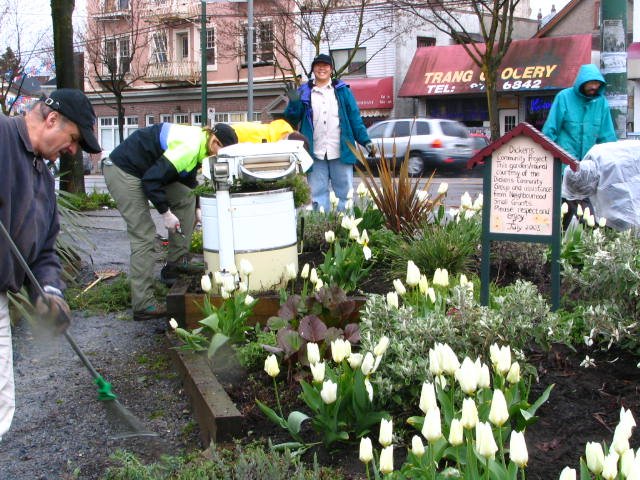
Grassroots movements are at the heart of Singapore’s kampong plant revival. Community gardens are popping up in neighborhoods, schools, and even office buildings. Local groups organize workshops to teach residents how to propagate and care for endemic species, sharing seeds and saplings in a modern twist on age-old customs. These initiatives do more than green the city—they forge social bonds and foster a sense of belonging. Neighbors who might never have spoken now swap gardening tips and recipes, united by a shared mission to keep their heritage alive. In a rapidly changing world, these community efforts are sowing the seeds of resilience and hope.
Culinary Roots: Rediscovering Endemic Flavors
Many kampong plants have long been staples in Singaporean kitchens, lending unique flavors and aromas to beloved dishes. Pandan leaves infuse rice with a fragrant sweetness, while torch ginger adds a zesty punch to salads. The revival of endemic gardening has reignited interest in traditional recipes and cooking methods, with chefs and home cooks experimenting with native ingredients. Farmers’ markets now feature stalls brimming with fresh ulam raja, buah keluak, and wild pepper. This culinary renaissance not only delights the palate but also helps preserve food heritage for future generations, turning every meal into a celebration of local biodiversity.
Medicinal Wisdom: Healing with Kampong Plants
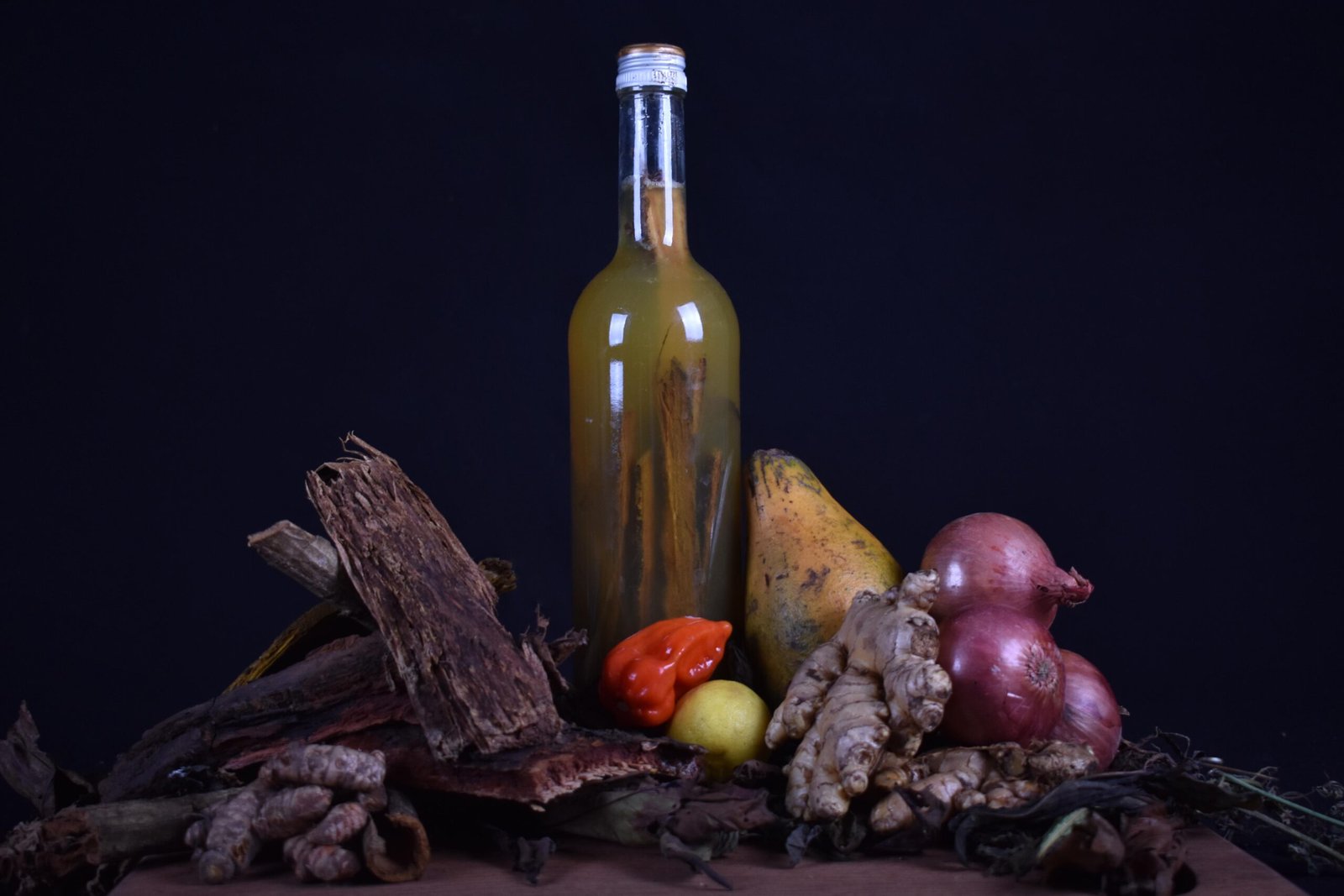
For centuries, Singapore’s kampong plants have been valued for their healing properties. Grandmothers brewed teas from lemongrass to soothe colds, while betel leaves were used as natural antiseptics. Modern science is catching up, with researchers studying the medicinal value of these plants and confirming many traditional uses. As urban residents rediscover these remedies, there’s a growing appreciation for the wisdom embedded in local flora. Health-conscious gardeners are cultivating their own “living pharmacies,” turning small plots into sources of wellness and self-care. The revival of these practices is a testament to the enduring power of nature’s medicine cabinet.
Wildlife Havens: Supporting Urban Biodiversity
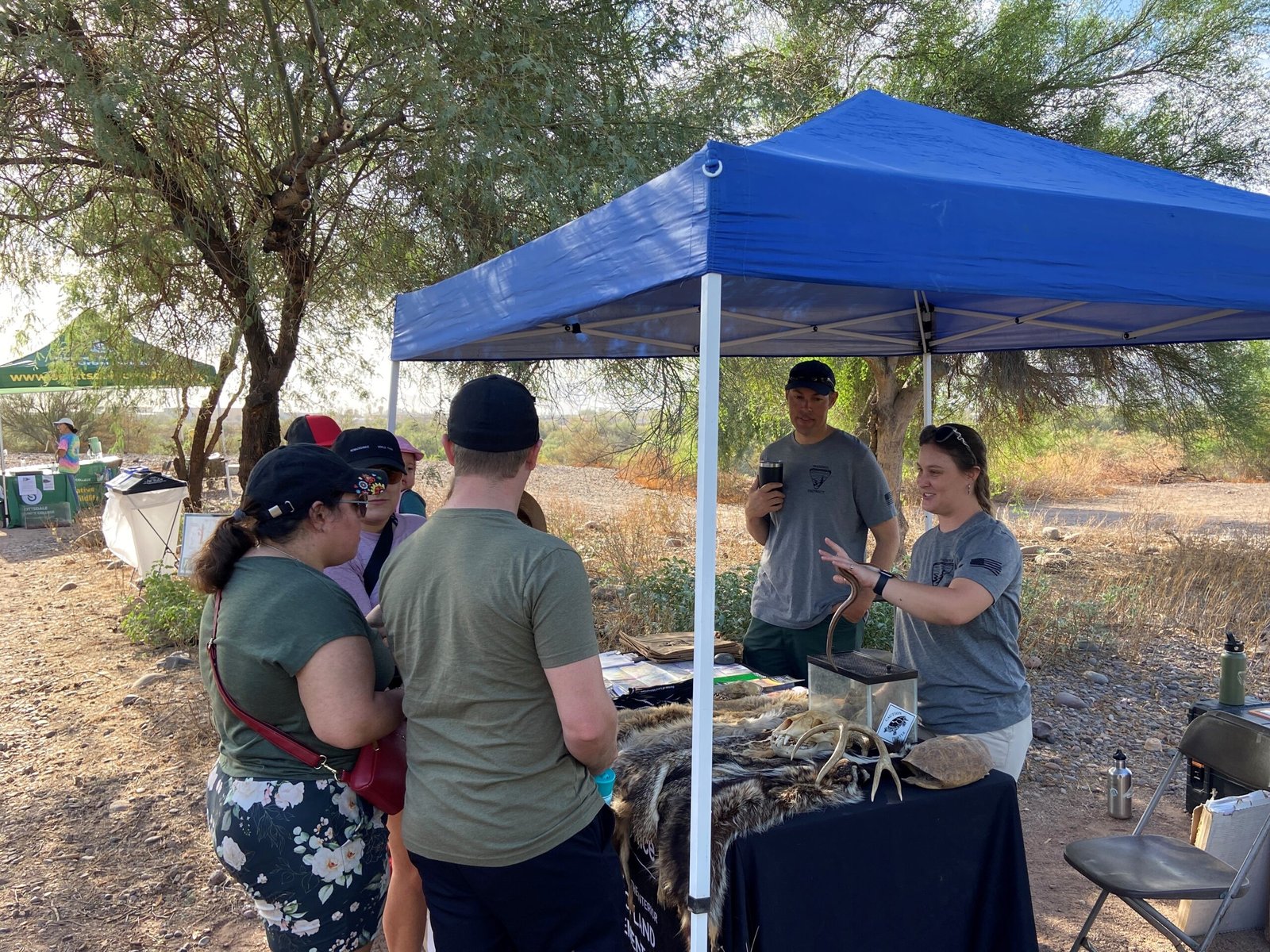
City gardens filled with kampong plants are more than just pretty—they are vital refuges for native wildlife. Birds, bees, and butterflies flock to the nectar-rich flowers and fruit-bearing branches, finding food and shelter in an otherwise harsh urban environment. The tembusu’s fragrant blooms attract sunbirds, while the wild pepper provides berries for squirrels and civets. By planting endemic species, city dwellers become stewards of biodiversity, helping restore ecological balance and create green corridors that connect isolated patches of nature. These living sanctuaries remind us that every garden, no matter how small, can make a difference.
Educational Gardens: Inspiring the Next Generation
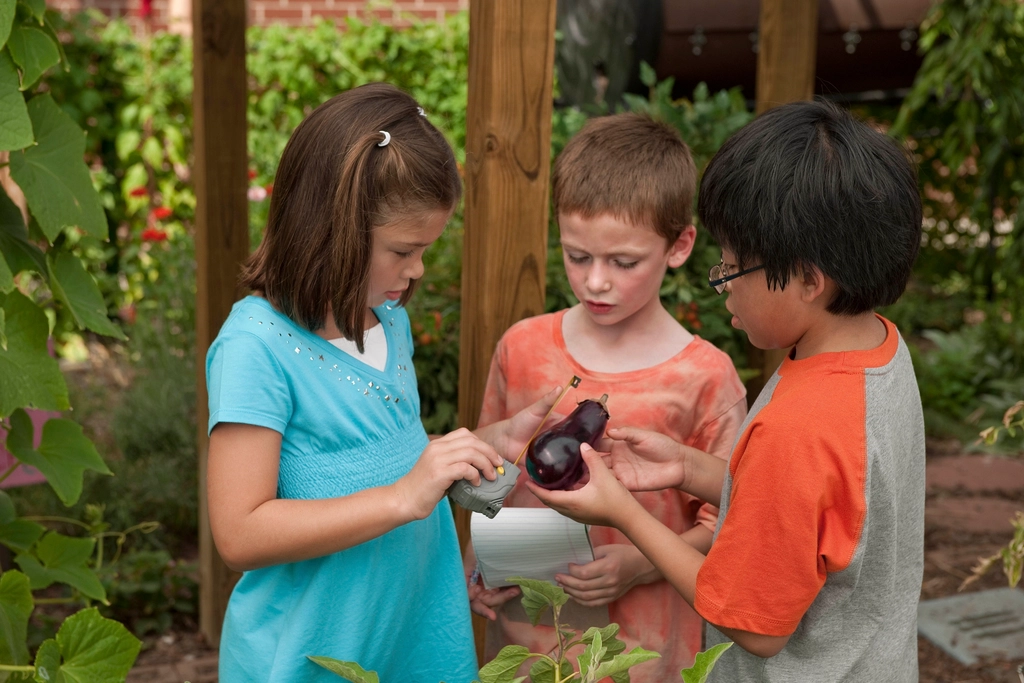
Schools and educational centers across Singapore are embracing kampong plants as teaching tools. Children learn about plant biology, climate adaptation, and sustainable agriculture by getting their hands dirty in the garden. They discover the origins of traditional foods and medicines, forging a tangible connection to their heritage. Educators weave stories of Singapore’s past into science lessons, turning gardening into a living classroom. These experiences spark curiosity, foster environmental stewardship, and nurture a sense of pride in local identity. By planting seeds today, Singapore is cultivating the environmental leaders of tomorrow.
Challenges and Opportunities for Urban Kampong Gardening
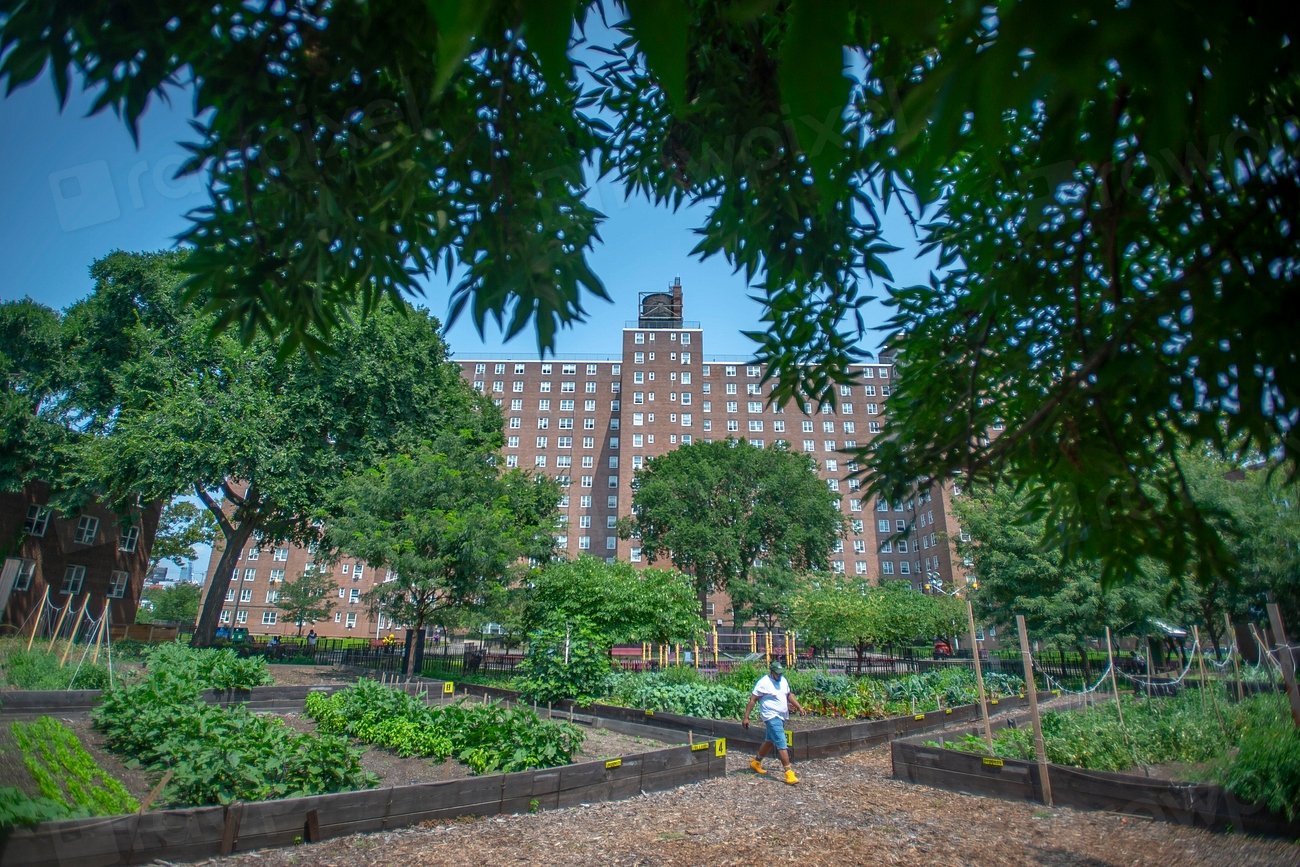
Reviving kampong plants in an urban environment comes with its own set of challenges. Limited space, changing weather patterns, and a preference for ornamental exotics can make it difficult to establish native gardens. However, creative solutions are emerging—aquaponics systems, vertical gardens, and community composting are all helping to overcome these hurdles. There’s growing support from government agencies and non-profits, who recognize the value of endemic gardening for food security and urban resilience. As more people witness the rewards of growing their own native plants, barriers are being replaced with opportunities for innovation and growth.
A Living Legacy: The Future of Kampong Plants in Singapore
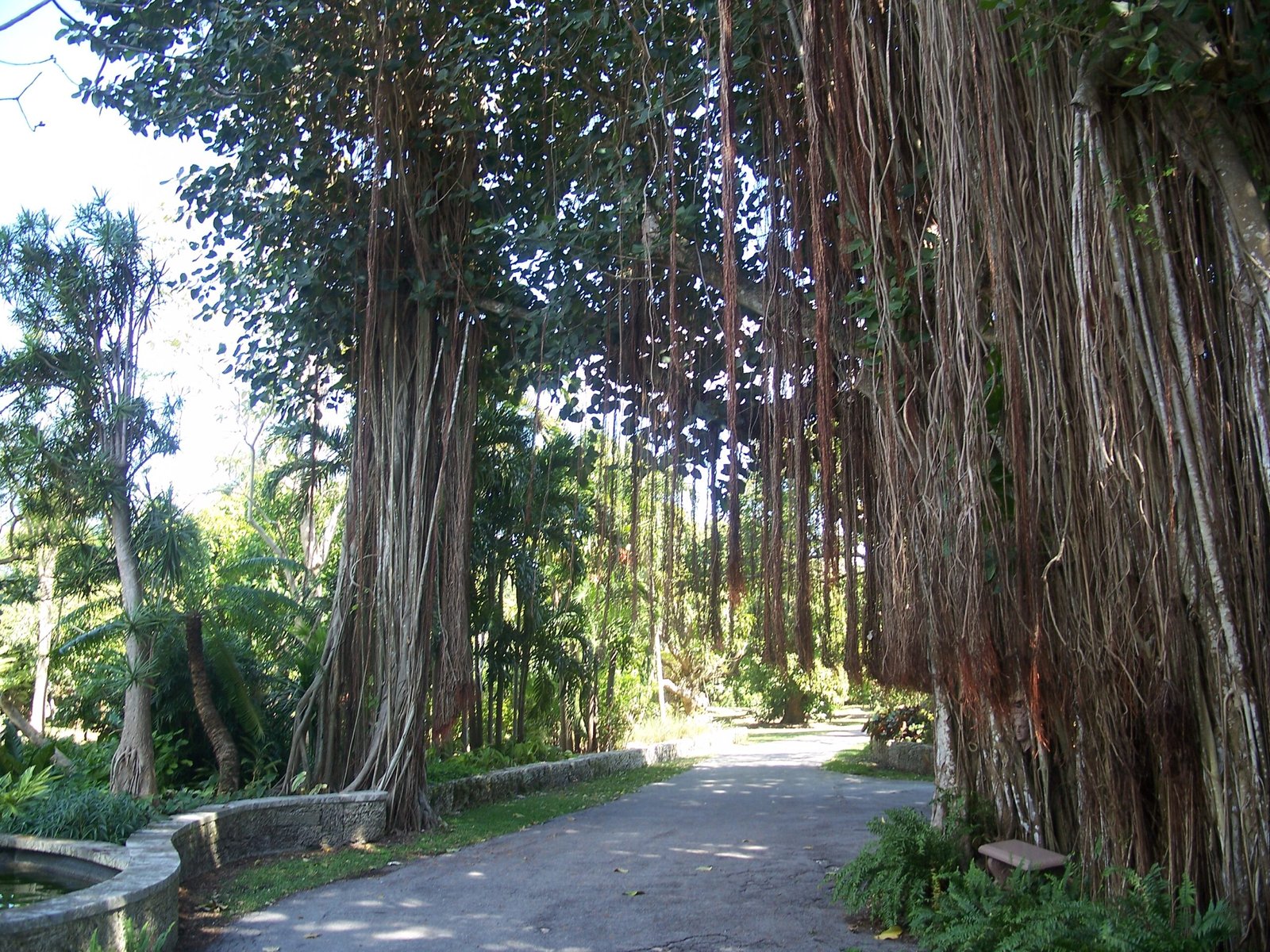
The kampong plant revival is more than a nostalgic trend—it’s a living legacy that’s shaping the future of Singapore’s urban landscape. As city dwellers embrace endemic gardening, they are crafting a greener, more self-sufficient, and emotionally rich environment. These gardens serve as bridges between past and present, tradition and innovation. By nurturing kampong plants, Singaporeans are not just honoring their heritage; they are building a resilient city that values nature and community. The movement continues to grow, fueled by passion, creativity, and a deep love for the land that so many call home.


